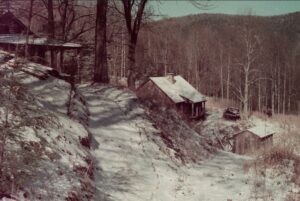
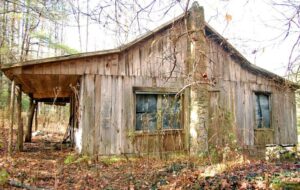 As America grew, towns popped up in many places, only to dwindle into ghost towns when the expected industry that motivated their beginning, fell through. Lost Cove was one such town. Established just before the Civil War, it was once a thriving agricultural community, but then in the early 20th century, logging replaced farming, and the railroad brought workers. Somehow in the shuffle of changes, Lost Cove found itself off the beaten path, almost hidden in the forest, with no electricity or running water. The little town had to figure out something new, and so, because of the remoteness and because the town lay on the North Carolina/Tennessee border, an equally thriving moonshine industry was born.
As America grew, towns popped up in many places, only to dwindle into ghost towns when the expected industry that motivated their beginning, fell through. Lost Cove was one such town. Established just before the Civil War, it was once a thriving agricultural community, but then in the early 20th century, logging replaced farming, and the railroad brought workers. Somehow in the shuffle of changes, Lost Cove found itself off the beaten path, almost hidden in the forest, with no electricity or running water. The little town had to figure out something new, and so, because of the remoteness and because the town lay on the North Carolina/Tennessee border, an equally thriving moonshine industry was born.
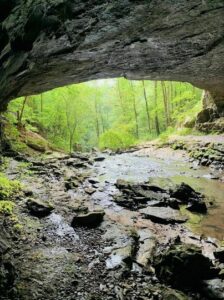
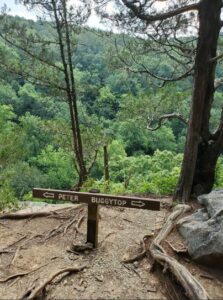
Many people might think that the moonshine industry was all due to prohibition, and that is largely true, but while bootlegging was a crime of opportunity, it was also quite likely to be a crime of necessity. Still, while moonshine could provide a living for the residents, it would never be able to sustain a whole ton for very long. Eventually, the residents of Lost Cove began to move away to laces where they could make a living. The town, now empty, seen fell into disrepair. These days Lost Cove is a graveyard of abandoned homes and crumbling gravestones. Because Lost Cove was on the border, either state could have agreed on jurisdiction to collect tax revenues, but both declined to, thereby creating a haven for bootlegging.
Even with the logging business doing well, the timber eventually thinned and the railroad service that brought passenger trains through the area stopped. With that, the Lost Cove residents became even more isolated. The nearest stores were eight miles away, and they would have to walk for basic supplies, mostly because they didn’t have money for any other form of transportation. Soon the infrastructure deteriorated too, and the rough 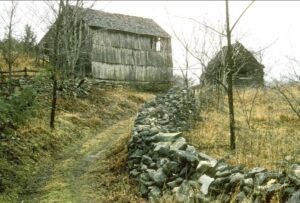
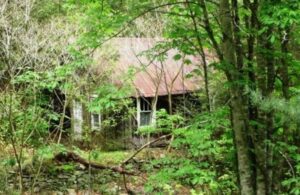 or non-existent roads led to even more shortages. In the end, here was nothing left, but to leave. The last known resident left in 1957. Sadly, in 2007, a fire destroyed most of what still stood in Lost Cove. All that is left now is a few structures, memories, and the history of the area, only seen by the occasional hiker, using trails that remain the only route of access.
or non-existent roads led to even more shortages. In the end, here was nothing left, but to leave. The last known resident left in 1957. Sadly, in 2007, a fire destroyed most of what still stood in Lost Cove. All that is left now is a few structures, memories, and the history of the area, only seen by the occasional hiker, using trails that remain the only route of access.


Leave a Reply